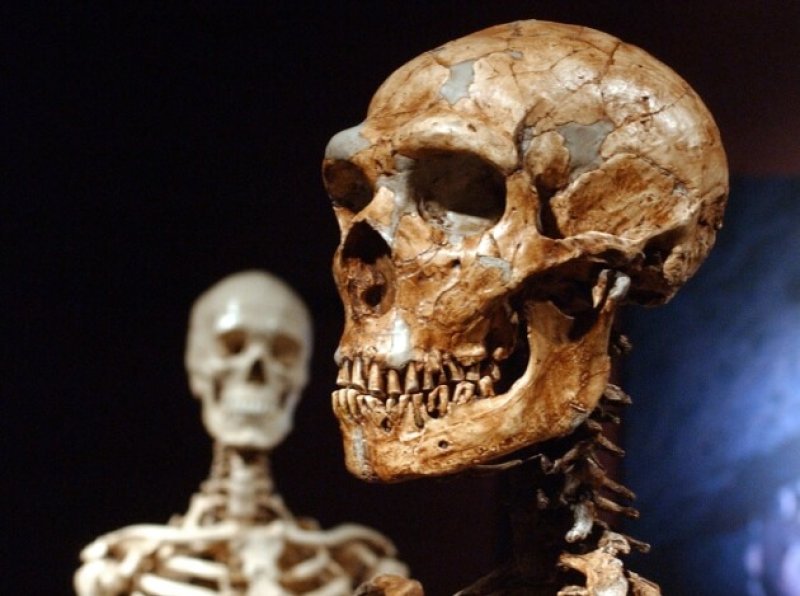April 17, Colin Barras at New Scientist published a story under the headline ‘Why we get autism and our Neanderthal cousins didn’t.’ The story was one of several in the media about how new research into the differing epigenetic regulation between modern humans and Neanderthal’s helped differentiate the species more than the extreme similarity of their genomes would indicate.
The headline drew a lot of ire from scientists and science journalists on Twitter. Since we only know what is likely a handful of the genes involved in autism, a statement like Barras’ headline seems a like a sweeping over generalization to get clicks. Barras’ actual coverage of the story was a lot more level headed.
Scientists at Hebrew University of Jerusalem analyzed the genomes of ancient humans, Neanderthals and Denisovans to look at patterns of methylation, a process that sticks methyl chemical groups onto DNA. The process means genes in that area are ‘silenced’ or not expressed because the added chemical groups get in the way.
The researcher’s most robust finding, which Nature’s Ewen Callaway emphasized, was in the HOXD gene which is a known body structure gene linked to all mammals. Because the gene is so well studied and specific, it’s accurate to describe how methylation may have resulted in the shorter stouter limbs of Neanderthals compared to modern humans.
These samples were extremely degraded (thousands of years in a cave can have that effect), so the geneticists couldn’t look directly at methylation, but rather looked at a chemical degradation signal from the methylation. In this way, they could identify genes that were active (non-methylated ones) and genes that were likely inactivated by methylation.
Another confounding issue is the tissue samples. For the Denisovans, scientists only had some teeth and a finger to work with. We know that epigenetic markers can differ dramatically between types of tissue, and this also contributes to the need to be very specific about the findings.
Barras doesn’t specify whether modern human genes were more or less menthylated than the ancients genes:
“The results show that methylation in modern humans is particularly likely to affect genes with known links to health and neurological disorders – suggesting that the activity of these genes is different in our lineage to how it was in Neanderthals and Denisovans.”
But he does, importantly, include the voice of evolutionary biologist Bernard Crespi who noted that autism and schizophrenia are disorders associated with human specific traits like language and social cognition, which Neanderthals may not have used. So, it’s no wonder that a large portion of gene expression would differ in genes linked to neurological activity.
The headline of the story was shocking and misleading enough that the rest of the story almost didn’t make sense as the reader tried to fill in the blanks. We don’t know all the genes that cause autism, and we are a long way from separating those that are associated with disorder from those that cause it. So it’s certainly unfair to state that our ancient ancestors couldn’t suffer from the social deficiencies of autism and schizophrenia when they may not have the neurological capabilities needed for modern human social societies in the first place.
Additional Resources:
- Were Neanderthals a different species?, Genetic Literacy Project
- Sexy Science: Neanderthals, Svante Pääbo and the story of how sex shaped modern humans, Genetic Literacy Project
- What Neandertal DNA can teach about race, autism, and more, Smart Planet































